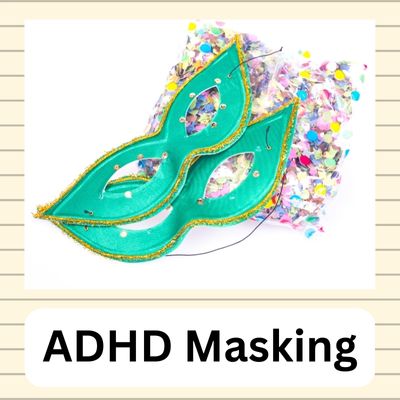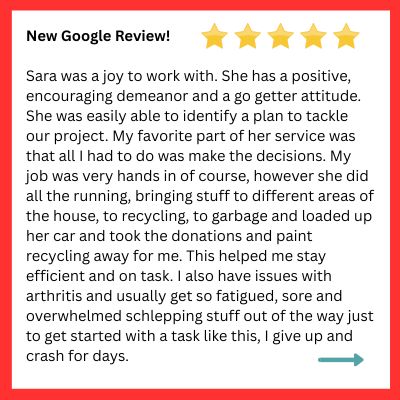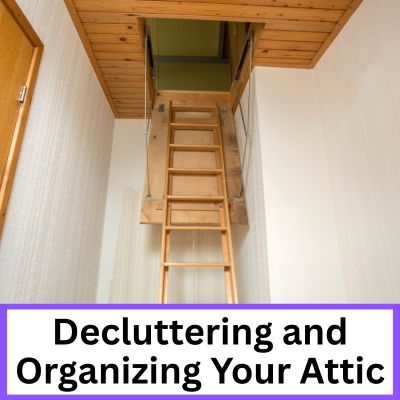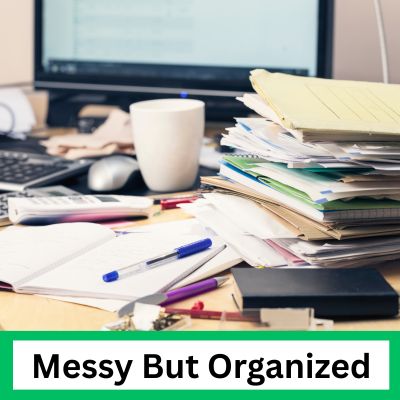ADHD Masking

Most people I meet are very surprised to hear that I have ADHD. I wasn’t formally diagnosed until I was a junior or senior in high school. I attribute my great skills of ADHD masking to this. Since I was officially diagnosed, I have worked with other professionals to develop healthy skills so that I could let go of my masking tendencies and be more true to my authentic self. ADHD masking is when someone who has ADHD is able to hide their struggles so that they seem like they don’t have the disorder. People mask their ADHD so that they can fit into society, so they don’t draw attention to themselves, or to avoid shame and embarrassment. There are healthy and unhealthy forms of masking. In this post, I’ll talk about signs of masking, why masking is a problem, and what to do instead. If you think you or someone you love may be masking their ADHD, keep reading!
Signs You Might Be Masking Your ADHD
- Are you afraid to speak up for fear of interrupting someone (and coming off as rude)?
- Do you suppress your feelings or fidgeting behaviors so that you won’t bother others?
- Are you overly vigilant about your belongings so you don’t lose things? This is especially amplified for me when I travel. When I’m at the airport, I have the unrelaxing habit of shuffling things from one bag to another to make sure I have what I need in the correct bag or area of the bag.
- Do you allow yourself to show signs that you’re overwhelmed with your responsibilities (such as with school/work, organization, time management, keeping up the house, with finances, etc)?
- Do you expend an incredible amount of energy, or have you picked up perfectionist tendencies, to keep up with your neurotypical peers?
- Are you hiding a difficulty to focus by working hard to appear calm and collected on the outside?
- Do you take scrupulous notes, only to realize that you can’t even read your handwriting later?
- Are you overly conscientious about time and being unable to relax for fear of being late? I remember this was especially hard for me as a kid, wasting hours of time perched on the front steps so I didn’t have to overburden my friend’s mom when she came to pick me up.
- Do you work non-stop and are afraid of taking a break because you feel like you’ll fall too far behind?
Why Masking Is A Problem
When you mask your symptoms, this could lead to a delay in diagnosis. While a diagnosis on its own won’t solve your symptoms, it can bring about an incredible amount of self-compassion and understanding from others. If you’re doing a lot of masking, this could lead to anxiety or depression, thinking something is wrong with you. Untreated ADHD makes you at a much higher risk for substance abuse issues as a way to cope with their issues. A diagnosis may entitle you to accommodations at school or work, or may allow you to get a medication that can radically change your life. People who are masking their ADHD are usually copying others in social situations. People pleasing is common with people who are masking their ADHD. When you’re engaging in masking behaviors, you’re not being true to yourself. When you spend extended periods of time masking, you may not even know who you are, what you feel, and what’s true for you. It could take years to unwind, individuate, and be true to your authentic self.
What To Do Instead of Masking
ADHD is hard to manage without extra help. It’s a good idea to notice what symptoms you’re masking and take stock if these are unhealthy or healthy coping mechanisms. A good question to ask yourself is if the behavior is sustainable. For example, putting forth some effort every day to clean your home (even if it’s just for a few minutes) is sustainable for most people (who don’t have other underlying health or mental health issues), but trying to adhere to a ridged clothing organization system is probably not sustainable for most people. Notice how much effort you are putting in for each trait you are trying to mask. Are the rewards worth the effort? Or are you going to burn out?
Once you’ve identified the areas where you are engaging in masking behavior, notice where you need extra support.
- Do you need an experienced ADHD coach or Professional Organizer to teach you new skills?
- Do you need to learn how to activate the executive functioning system of the brain so that you have better focus, organization, motivation, time management, memory, and emotional regulation? Medication may be a temporary or long term solution for you, in conjunction with skill building. Food sensitivities, environmental sensitivities, underlying medical issues, unhealthy relationships or unhealthy work environments may also be exacerbating a lack of executive functioning skills. I am a fan of working with a naturopath or functional medicine doctor who is knowledgeable in the field of ADHD who can help you resolve adjacent issues.
- Do you need to improve your brain-gut connection? Since the brain and gut interact so closely, an unhealthy gut will drastically decrease cognitive functioning. Again, work with a naturopath or functional medicine doctor whom you respect (and who respects you) to help you rebuild your gut microbiome.
- Do you need to learn better emotional awareness skills and communication skills so that you not only can get to know yourself better, but so you can build strong and lasting friendships with others?
Important to Note!
In addition to getting additional support, it’s also very important to celebrate (and engage with) your strengths. Make a list of all the things you do well, and make sure to do them on a regular basis. If you’re a great artist or musician, make sure to keep doing those things instead of putting them on hold so you can try to get your house under control. Find balance with continuing to use your gifts and talents while also learning new skills to help you manage your ADHD in a healthy way.

By Jean Prominski, Certified Professional Organizer
Check out my media exposure: Seattle Sparkle in the Media
Download my free 5 week journal The Seattle Sparkle Method to Get Organized and Stay Organized
Sign up for my free 4 Day Color to Declutter Challenge.
Become part of a like-minded community by joining my Facebook Group, Declutter and Organize with Seattle Sparkle.
Ready to book a consultation? Complete this form.
For artwork to energize your home, order through jeanprominski.com.




